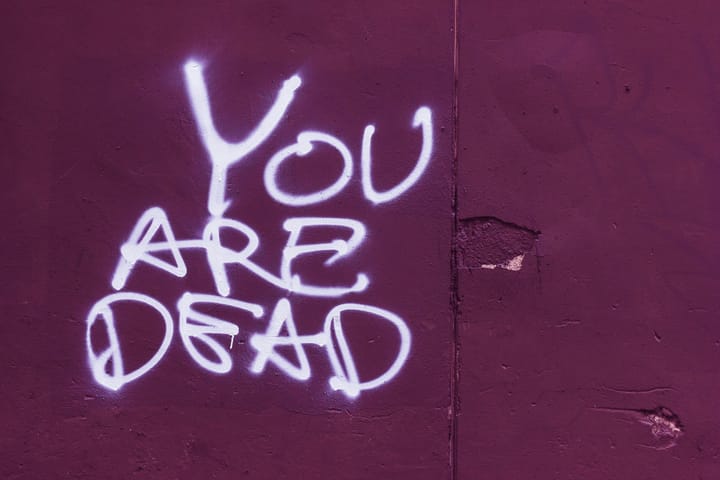One nuclear bomb can ruin your whole day.
One nuclear bomb can ruin your whole day—and much, much worse

One nuclear bomb can ruin your whole day—and much, much worse. The detonation of a single nuclear weapon would unleash an unprecedented catastrophe, reshaping global politics, economies, and the environment in an instant. The blast, heatwave, and radioactive fallout would decimate entire cities, with the initial explosion leveling structures within miles. Secondary effects—such as electromagnetic pulses, nuclear winter, and long-term health crises—would linger for years or even decades. International leaders have long recognized the existential threat posed by such weapons, yet the fragile balance of deterrence remains perilous. As geopolitical tensions escalate, the risk of miscalculation or rogue launches looms over humanity, demanding urgent diplomacy and disarmament efforts to prevent the unthinkable.
The physical devastation begins with a blinding flash brighter than the sun, vaporizing everything within a radius of several kilometers. A shockwave follows at supersonic speeds, flattening skyscrapers and incinerating flammable materials. Thermal radiation causes third-degree burns miles away, while gamma rays poison the air with lethal radioactive isotopes. Hours later, a deadly mushroom cloud spreads cesium, strontium, and iodine radionuclides across continents, contaminating water supplies and agricultural lands.
Beyond the immediate horror, the socioeconomic collapse would be just as cataclysmic. Emergency services would be overwhelmed, hospitals would run out of capacity, and survivors would face food shortages and civil unrest. The global economy would nosedive as trade routes and financial hubs are disrupted, likely triggering a depression lasting generations. NATO and SCO intelligence agencies estimate a single high-yield warhead could displace millions, strain resources past breaking points, and destabilize fragile regimes.
Even without direct engagement, civilians could succumb to long-term effects. Childhood leukemia spikes years later, while cesium-137 accumulates in the food chain. Environmental scientists warn of a "nuclear autumn," where soot particles blot out sunlight, collapsing agriculture and marine ecosystems. In the darkest scenarios, military escalation could lead to a full-scale exchange—ending human civilization as we know it.
Diplomats argue nuclear proliferation remains one of history’s gravest threats, yet treaty enforcement falters amid rising nationalism and distrust. The faux pas of a miscalculated missile launch could trigger a cascade of retaliations, making historians debate afterward why petitions for total disarmament went ignored. As defense experts jot scenarios on whiteboards in Situation Rooms, the truth remains chilling: in the 21st century, all it takes is one mistake—or one malicious act—to darken the world beyond recognition.
Policy analysts propose immediate measures, including no-first-use commitments and delinked confidence-building initiatives between nuclear-capable nations. Public awareness campaigns could reiterate the civilizational danger, bypassing bureaucratic abstractions to illustrate human cost. Unless unchecked military doctrines undergo radical review, future historians may trace back to this era—to when inaction sealed the descent. The luxury of debate ends the moment one warhead leaves its silo.
As simulations show unthinkably clear outcomes and surveillance satellites orbit overhead, the confrontation between science and politics culminates in a stark binary: restructure the deterrence apparatus or come to terms with existential oblivion. The difference between Tuesday morning and a post-nuclear stone age? Perhaps the interpretation of a radar blip or the miscommunication of a coded transmission. For once, rhetoric and PACOM assessments align: humanity deserved better preparation than this.

